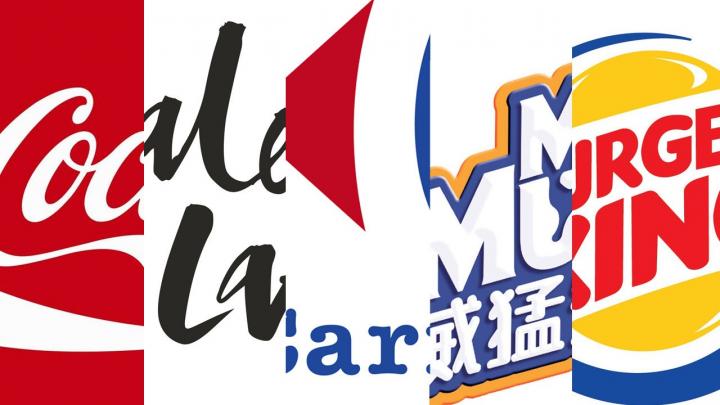

Just as hiring an interpreter ensures eloquent communication with business partners, adapting your corporate communication is crucial for conveying brand values, positioning, and identity to local customers. Branding localization goes beyond simplicity. Brands establish or damage their reputations in new markets based on their ability to connect with local consumers, making this process more intricate than it appears. It all begins with crafting a localized brand name.
Developing an effective Chinese brand name involves rounds of creative brainstorming, proprietary software, and cultural expertise. Vladimir Djurovic, CEO of Labbrand, states, “A name is a brand identity vehicle that needs to be legally available for use (the trademark aspect), suitable for different languages as the brand expands (the linguistic aspect), and designed to create a bond with consumers (the rational, emotional, and subconscious response aspect).” Successfully forming this bond with local consumers is possibly the most elusive factor.
“The Chinese consumer, perhaps even more so than their Western counterpart, lives in a world of information overload. Investing in a good brand name is therefore essential in a world where first impressions and snap judgments are common” says Matt Conger, co-founder and CEO of SeekPanda, a tech startup that uses machine learning to matchmake businesses to interpreters. He describes his own efforts to brand his startup as challenging but an essential step in telling its story to the world.
While some companies have successfully achieved brand localization by adopting memorable Chinese names or slogans, others have gotten lost in translation.
WORST ADAPTATIONS
Best Buy / 百思买 [bǎi sī mǎi]
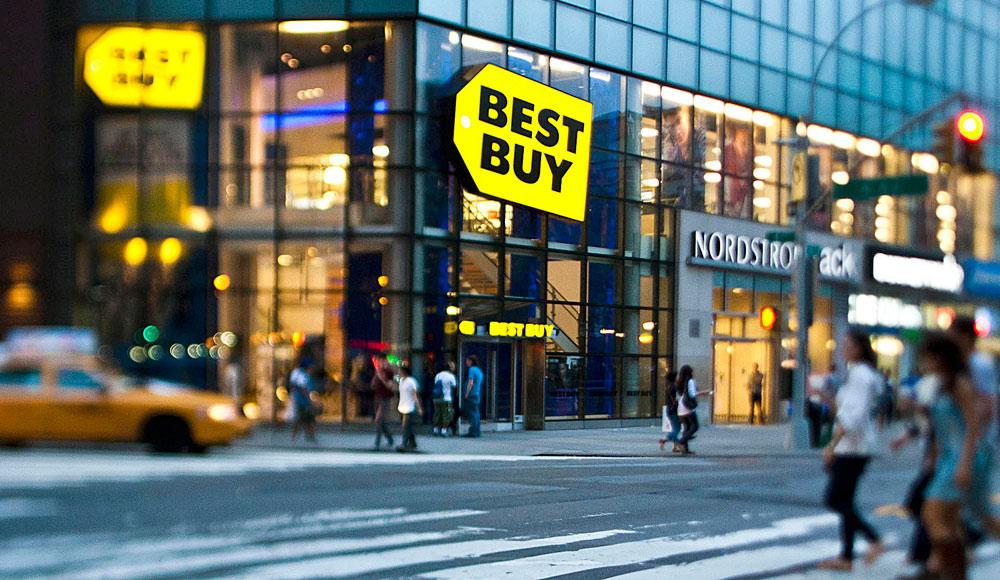
Brands’ Chinese adaptations: Best Buy / 百思买 [bǎi sī mǎi]
American electronics group Best Buy closed all of its nine Chinese stores after 5 challenging years of operation. While several reasons certainly added to the firm’s failure in China, one of the most visible reasons lies in a bad name choice. Best Buy opted for a dual phonetic and semantic transcription but did not do their cultural research – the characters 百思 [bǎi sī] were meant to reproduce the sound of the word “Best” and were combined with the direct translation of the word “Buy” 买 [mǎi] in Chinese. The combination of the three can be translated as “Think a hundred times before you buy”. This demonstrates the critical importance of branding localization.
Coca-Cola / (formerly known as 蝌蚪啃蜡) [kē dǒu kěn là]
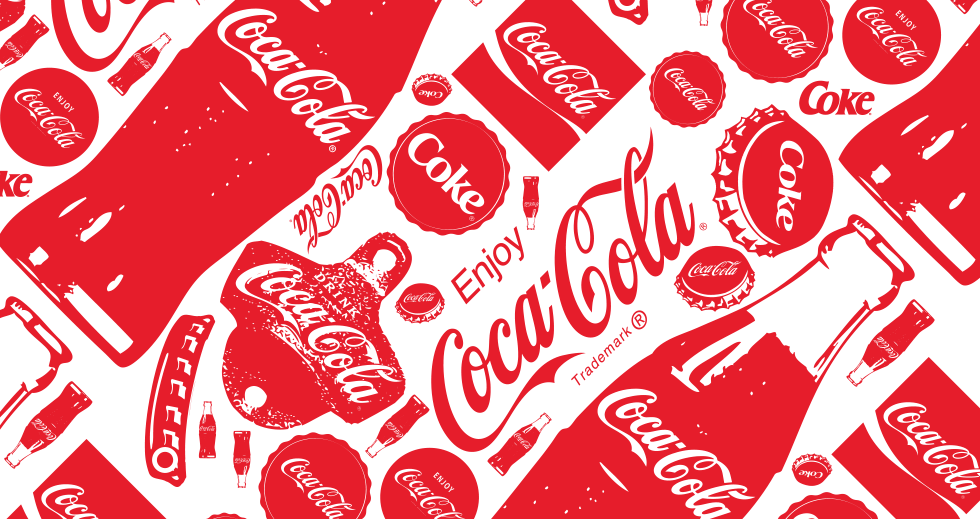
Brands’ Chinese adaptations: Coca-Cola / (formerly known as 蝌蚪啃蜡) [kē dǒu kěn là]
Although Coca-Cola is now considered by many as one of the best examples of local brand adaptation, it is not the case 90 years ago when it first penetrated the Chinese market. Coca-Cola’s current four character name (可口可乐 [kě kǒu kě lè]) can be translated as “Let your mouth rejoice”, a relevant and memorable beverage name. However, before it adopted an official Chinese brand name, local shopkeepers tried to find phonetic equivalents for the American brand but came up with strange results – including the phonetic moniker that translated to “bite the wax tadpole.”
Galeries Lafayette / 老佛爷百货 [lǎo fó yé bǎi huò]

Brands’ Chinese adaptations: Galeries Lafayette / 老佛爷百货 [lǎo fó yé bǎi huò]
Galeries Lafayette is a must-stop spot for any fashion enthusiast visiting Paris. Home to some of the world’s most famous designer brands and luxury labels, the department store offers a customer experience “à la française” that Chinese shoppers rave about. However, Galeries Lafayette’s Chinese name doesn’t quite reflect its European origins: 老佛爷 [lǎo fó yé] is indeed a phonetic adaptation that could be literally translated as “Old Buddha Father”, and was also a term used to refer to the Emperor’s parents under the Qing dynasty – a moniker that is perhaps no fit for a brand centered on Parisian fashion.
Mr. Muscle / (formerly known as 肌肉先生) [jī ròu xiān sheng]
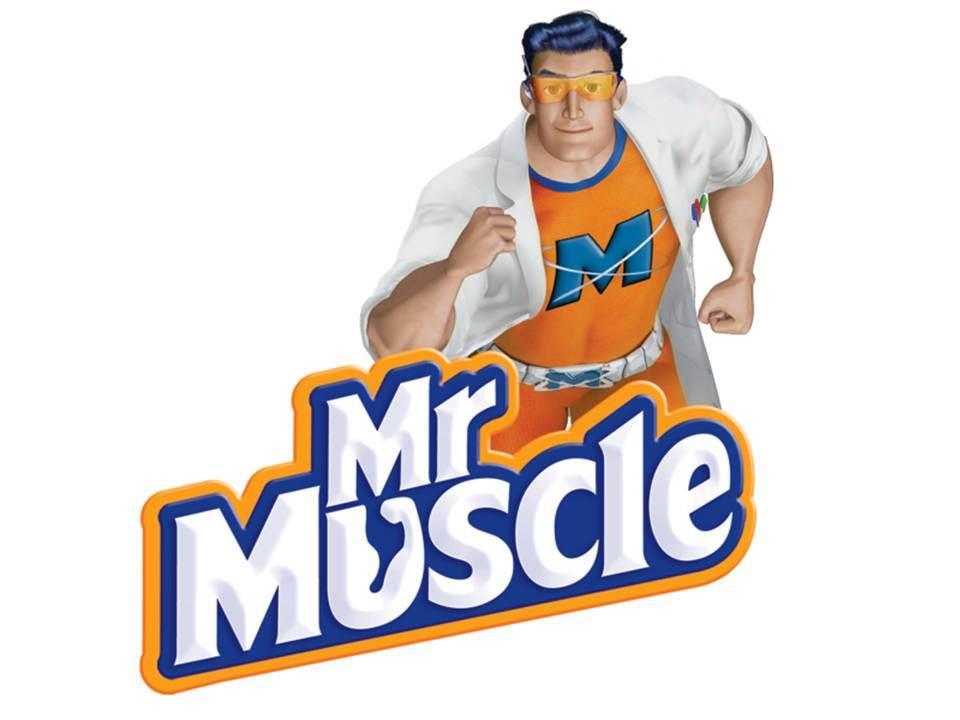
Brands’ Chinese adaptations: Mr. Muscle / (formerly known as 肌肉先生) [jī ròu xiān sheng]
It is fair to say that since its creation in 1986, Mr. Muscle has become a household staple in Western countries. However, its Chinese naming process was not entirely smooth. When the brand first entered the Chinese market, initial reaction of local consumers was to translate the name semantically. The word for “muscle” in Chinese is 肌肉 [jīròu] which happens to be an exact homophone of the word for “chicken” 鸡肉 [jīròu]. The brand moved quickly, though, as “Mr. Chicken” probably couldn’t turn into a household name. Their true brand name 威猛先生 [wēi měng xiān sheng] translates to Mr. Powerful, which keeps the structure of the original name while conveying the product’s core attributes.
Quaker / (formerly known as老人牌) [lǎo rén pái]
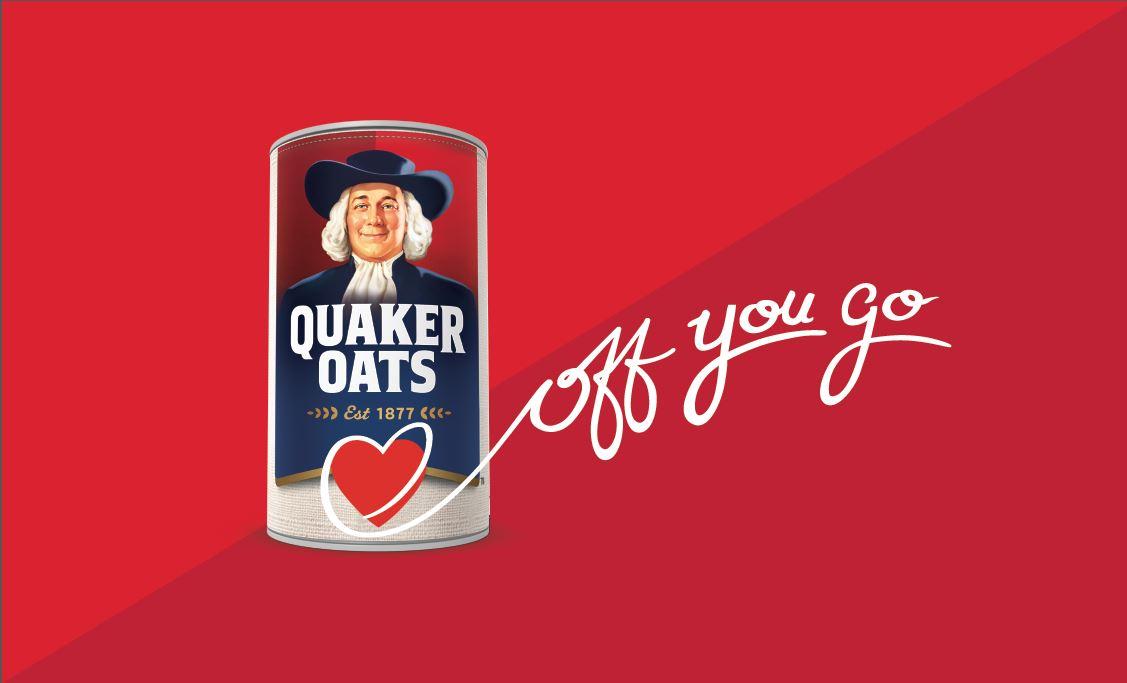
Brands’ Chinese adaptations: Quaker / (formerly known as老人牌) [lǎo rén pái]
Fancy some “Old Man” oats for breakfast? Probably not. As surprising as it may sound, Quaker Oatmeal was known as 老人牌 [lǎo rén pái] (literally “Old Man Brand”) for years by Chinese consumers, in reference to its iconic logo. It’s current official name 桂格 [guì gé] simply means “cinnamon squares” and allows for a phonetic similarity to its Western counterpart, a much better adaptation.
BEST ADAPTATIONS
Carrefour / 家乐福 [jiā lè fú] “Happy and prosperous home”
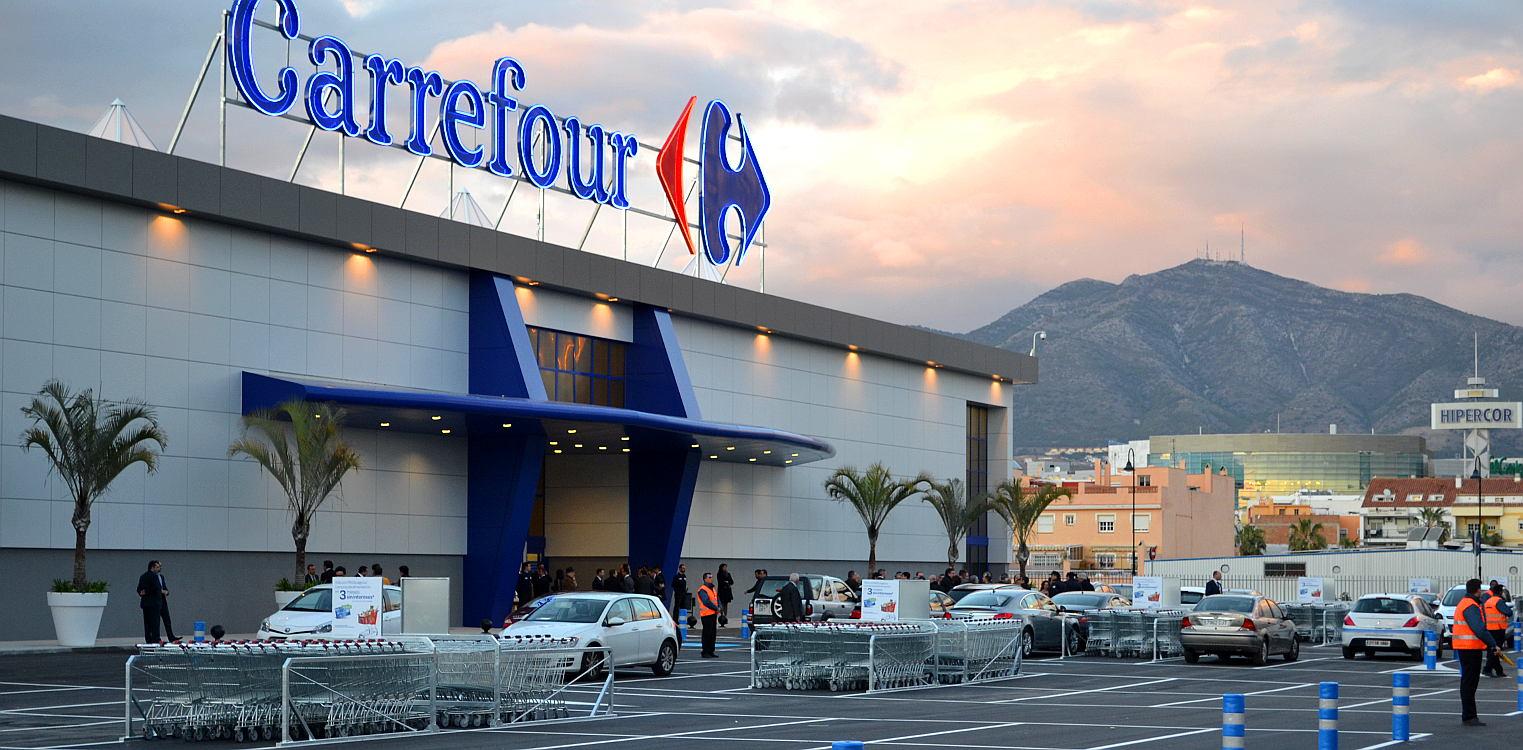
Brands’ Chinese adaptations: Carrefour / 家乐福 [jiā lè fú] “Happy and prosperous home”
French retail giant Carrefour was the first foreign supermarket chain to enter China in 1995 and to drive their positioning as the go-to convenience shopping destination for Chinese households. Their Chinese name is not only phonetically similar to the original French name, but also imbued with a positive meaning promising consumers a happy and prosperous life.
Burger King’s “Have it Your Way” / 我选我味 [wǒ xuǎn wǒ wèi] Tagline
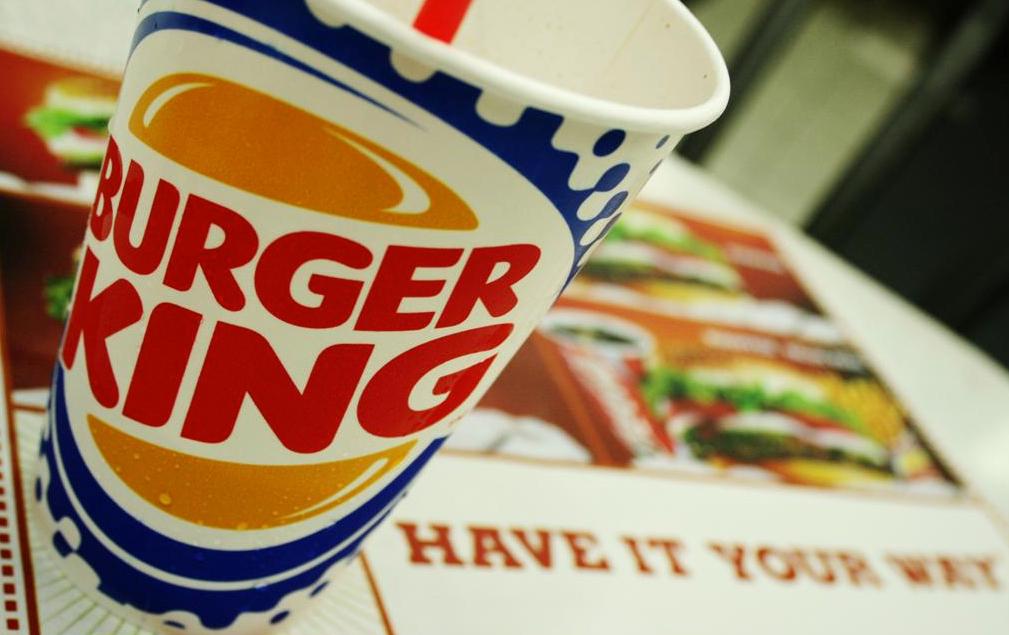
Brands’ Chinese adaptations: Burger King’s “Have it Your Way” / 我选我味 [wǒ xuǎn wǒ wèi] Tagline
Burger King’s slogan “我选我味” is a perfect example of how to adapt your global tagline to the Chinese market. First, the Chinese version is composed of four characters, which is a common pattern for proverbs and matches the original tagline. Literally translated, the Chinese tagline means “I choose my taste”. The brand skillfully played with the phonetic similarity between 味 (wèi) and the English “way” and the repetition of “我” (wǒ) or “I” to highlight the idea that customers have the freedom to choose whatever they like in Burger King’s restaurants, a message that particularly resonates with the brand’s core target audience.
Marvel / 漫威 [màn wēi] “Powerful cartoon”
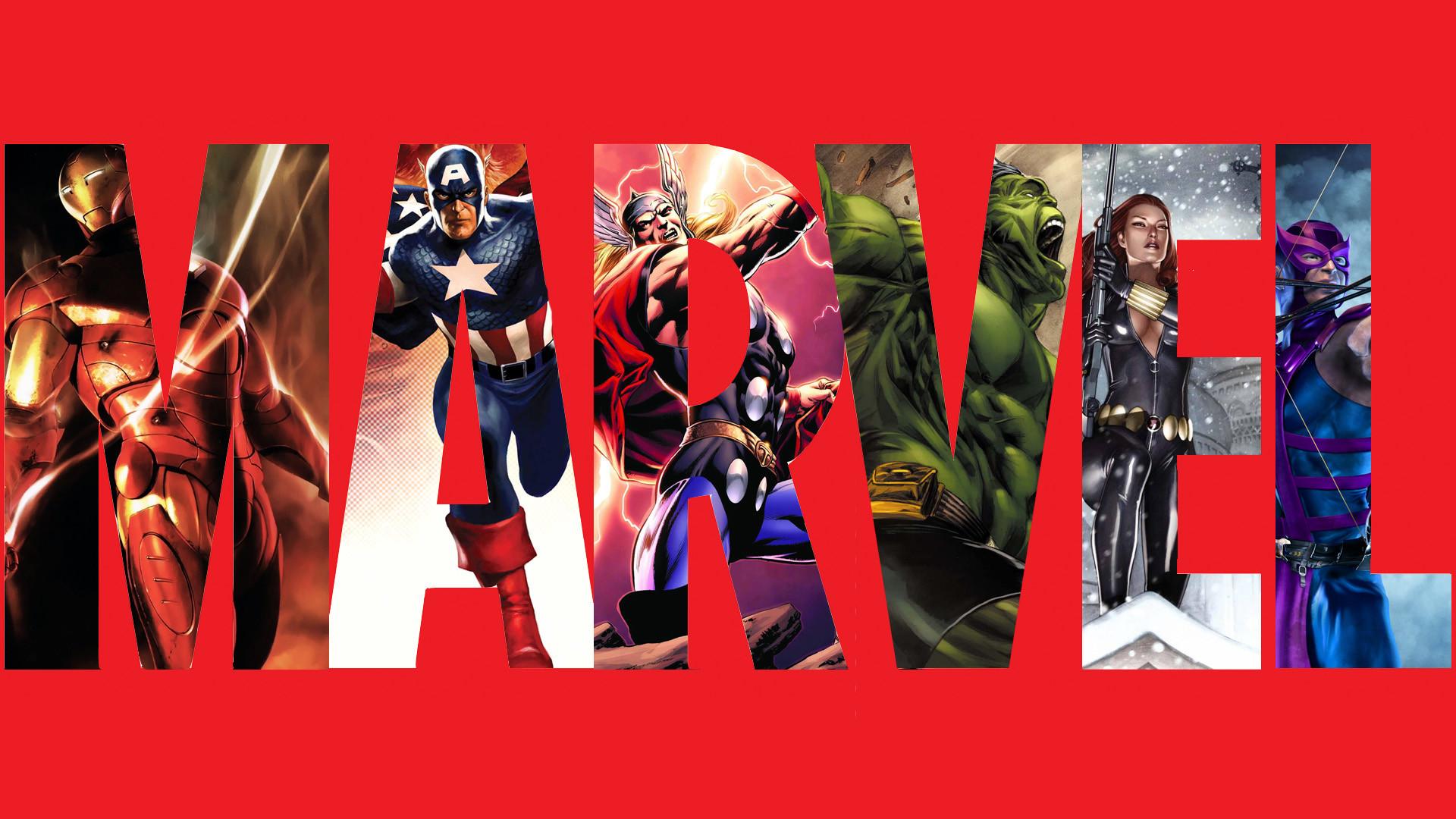
Brands’ Chinese adaptations: Marvel / 漫威 [màn wēi] “Powerful cartoon”
Few global brands generate the emotional connection that both kids and adults feel for their favorite Marvel superheroes. Marvel is now widely associated with the ideas of fantasy, adventure and bravery and cultivates a unique link with fans through its legendary superheroes. Its Chinese name 漫威 is composed of 漫 [màn], the character used in the word for cartoon in Chinese 漫画 [màn huà] and 威 [wēi] which symbolizes strength and power. Overall, it matches all the criteria of a successful Chinese brand name: semantic, phonetic, and a match with the brand essence.
L’Oreal / 欧莱雅 [ōu lái yǎ] “European elegance”

Brands’ Chinese adaptations: L’Oreal / 欧莱雅 [ōu lái yǎ] “European elegance”
You probably have some “European elegance” shampoos or makeup at home, as they are one of the largest cosmetics brands in the world. It demonstrates the art of branding localization. The name “欧莱雅” not only sounds very similar to its French equivalent but also evokes a sense of refinement and beauty with the final character 雅 [yǎ] while emphasizing its foreignness with the character 欧 [ōu] that is present in the word for Europe 欧洲 [ōuzhōu].
Pampers / 帮宝适 [bāng bǎo shì] “Makes Baby Comfortable”
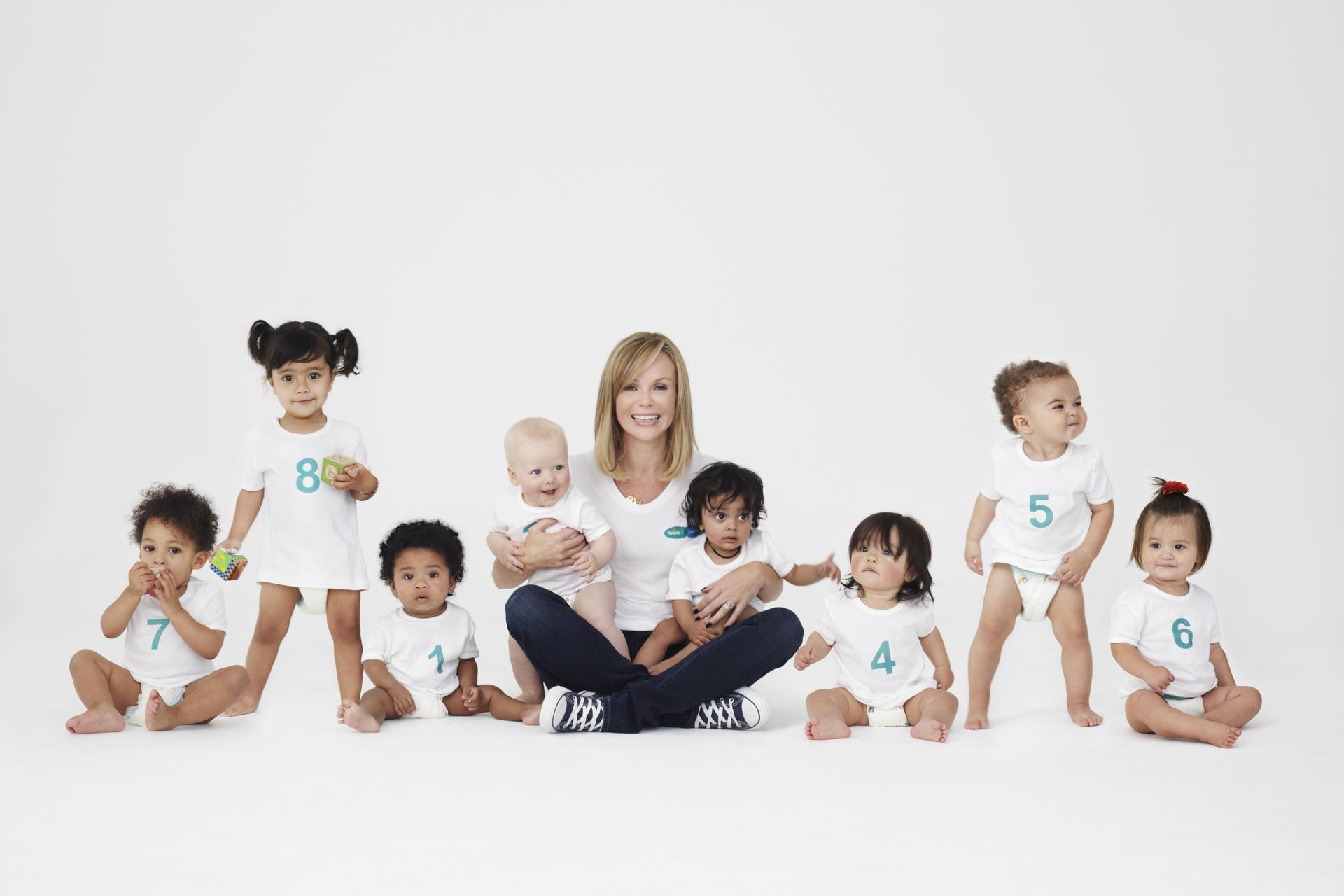
Brands’ Chinese adaptations: Pampers / 帮宝适 [bāng bǎo shì] “Makes Baby Comfortable”
Pampers, a renowned diaper brand, made a strategic choice for its Chinese name with a dual adaptation. Using the characters 帮宝适 (bāng bǎo shì), they created a phonetic connection to the original name while effectively conveying the brand’s core attributes: helping babies stay comfortable. This naming approach has played a significant role in making Pampers diapers a top-selling product in their category, showcasing the importance of branding localization.
Conclusion
As competition is getting fiercer than ever in the Chinese market, finding a name that is attractive to Chinese ears is the first step towards establishing brand awareness and achieving differentiation. Creating a tagline for the market is equally important to maintain the brand’s image locally and to avoid any cultural blunders. At the end of the day, if you fail to adapt your communication locally, consumers will make their own translation – not necessarily a flattering one. So what are you waiting for? It’s time to prioritize branding localization.
A Labbrand Group Company © 2005-2024 Labbrand All rights reserved
沪ICP备17001253号-3* Will be used in accordance with our Privacy Policy
To improve your experience, we use cookies to provide social media features, offer you content that targets your particular interests, and analyse the performance of our advertising campaigns. By clicking on “Accept” you consent to all cookies. You also have the option to click “Reject” to limit the use of certain types of cookies. Please be aware that rejecting cookies may affect your website browsing experience and limit the use of some personalised features.